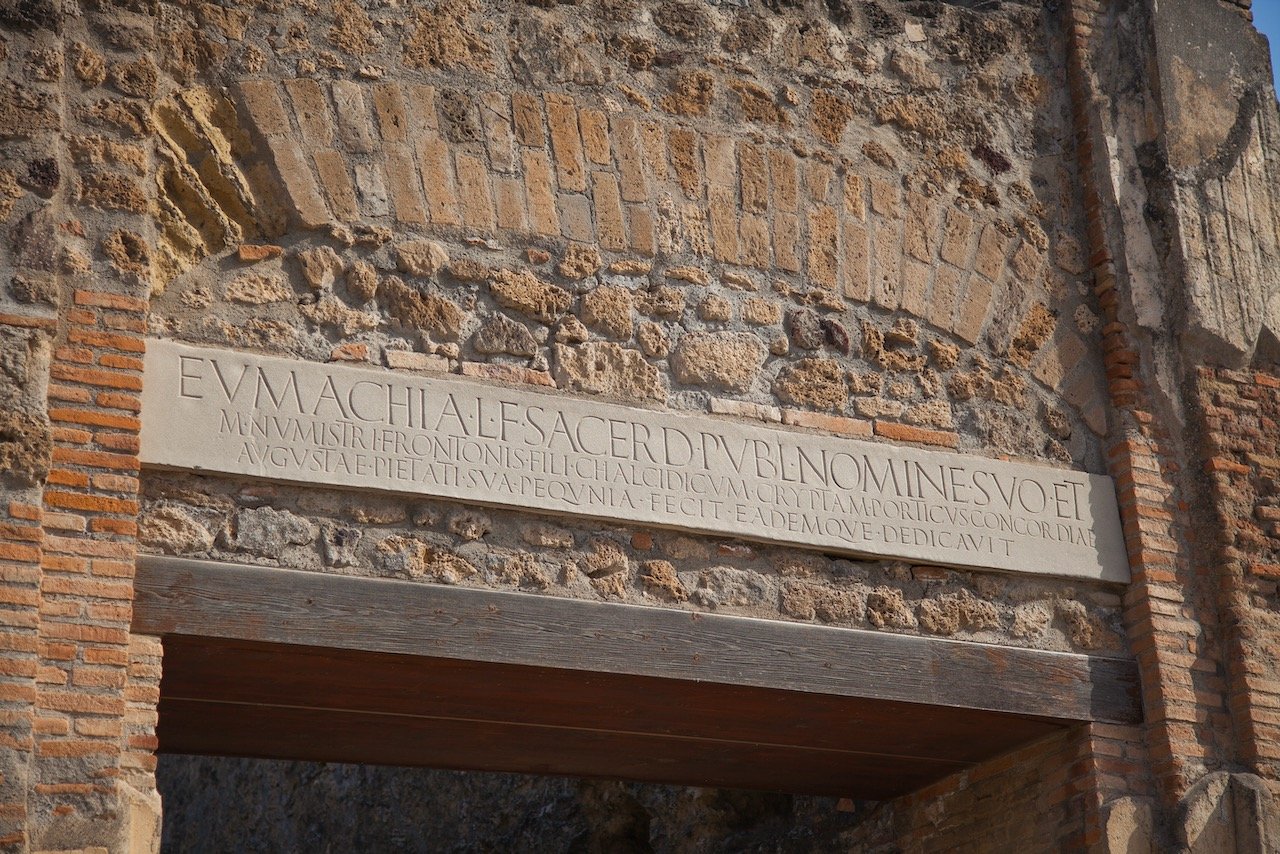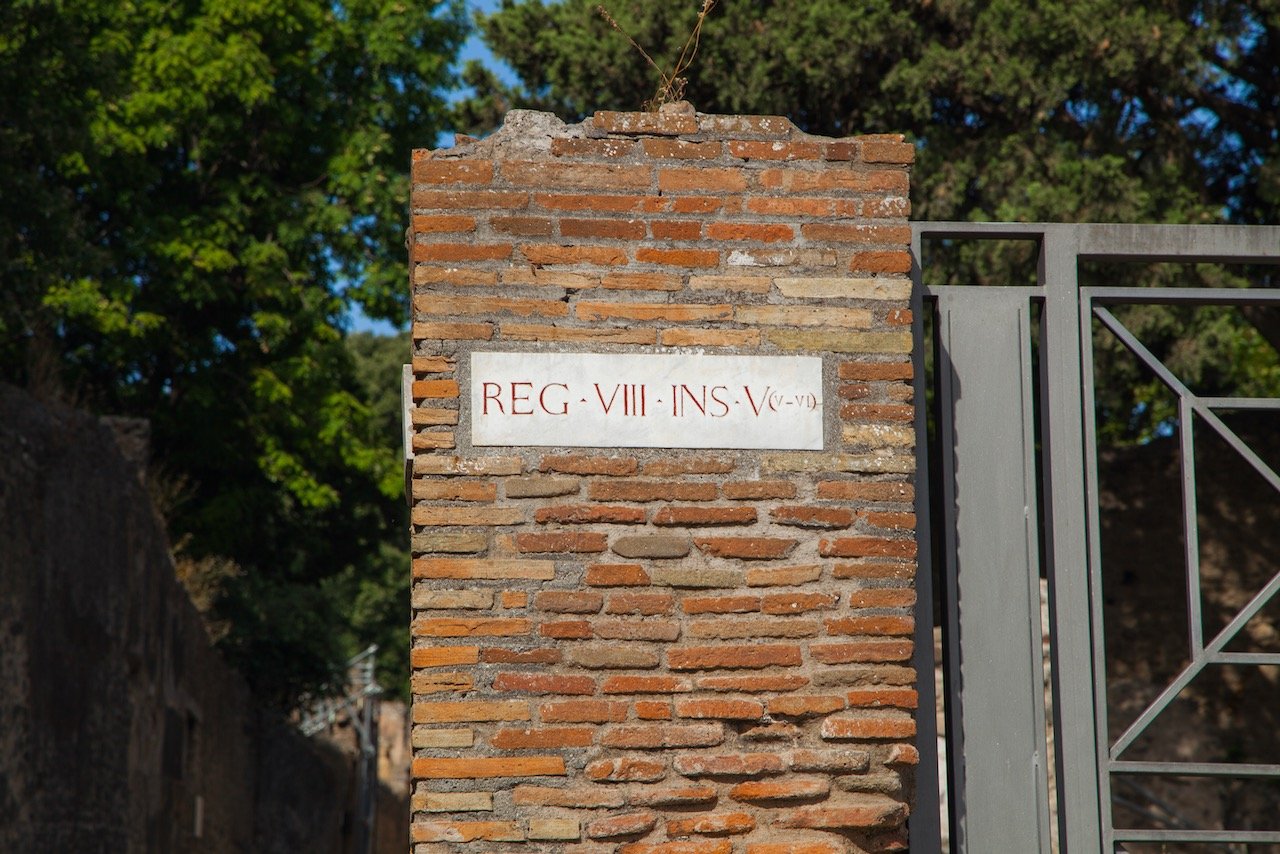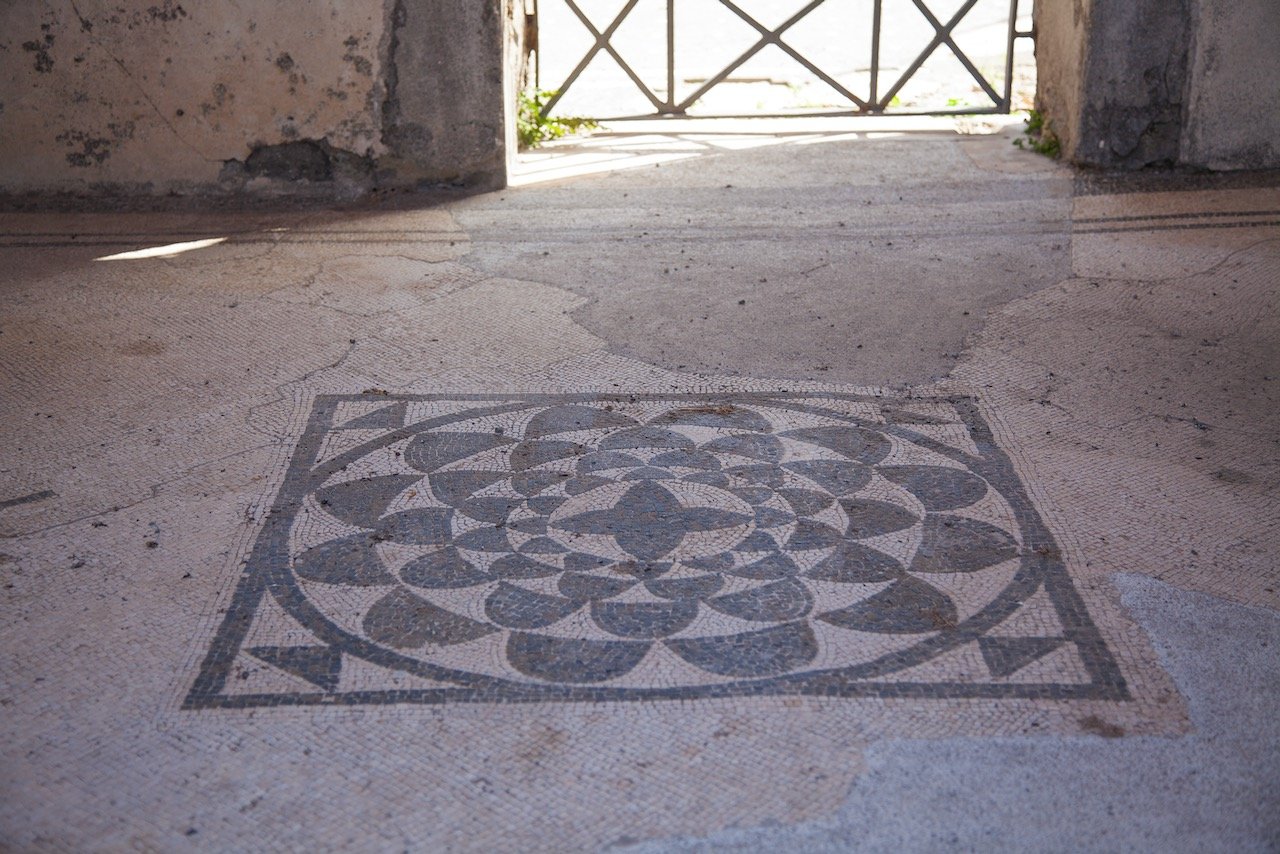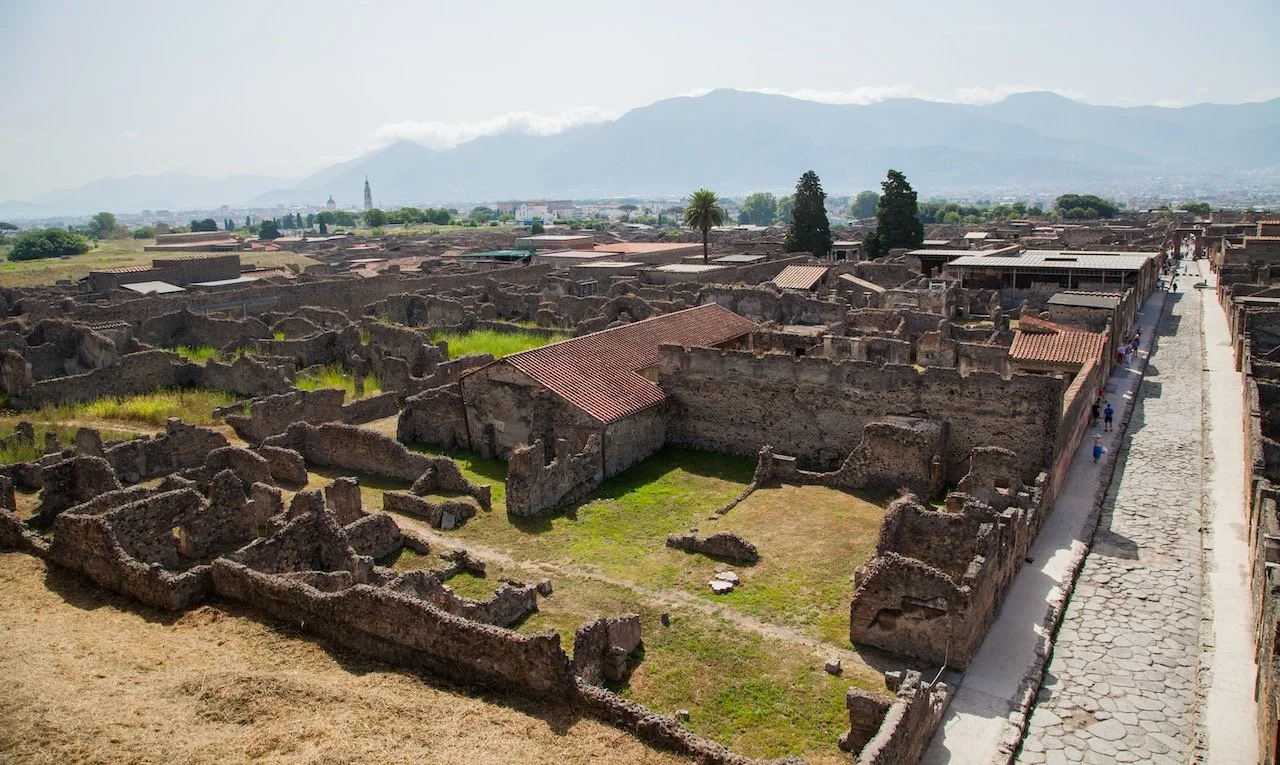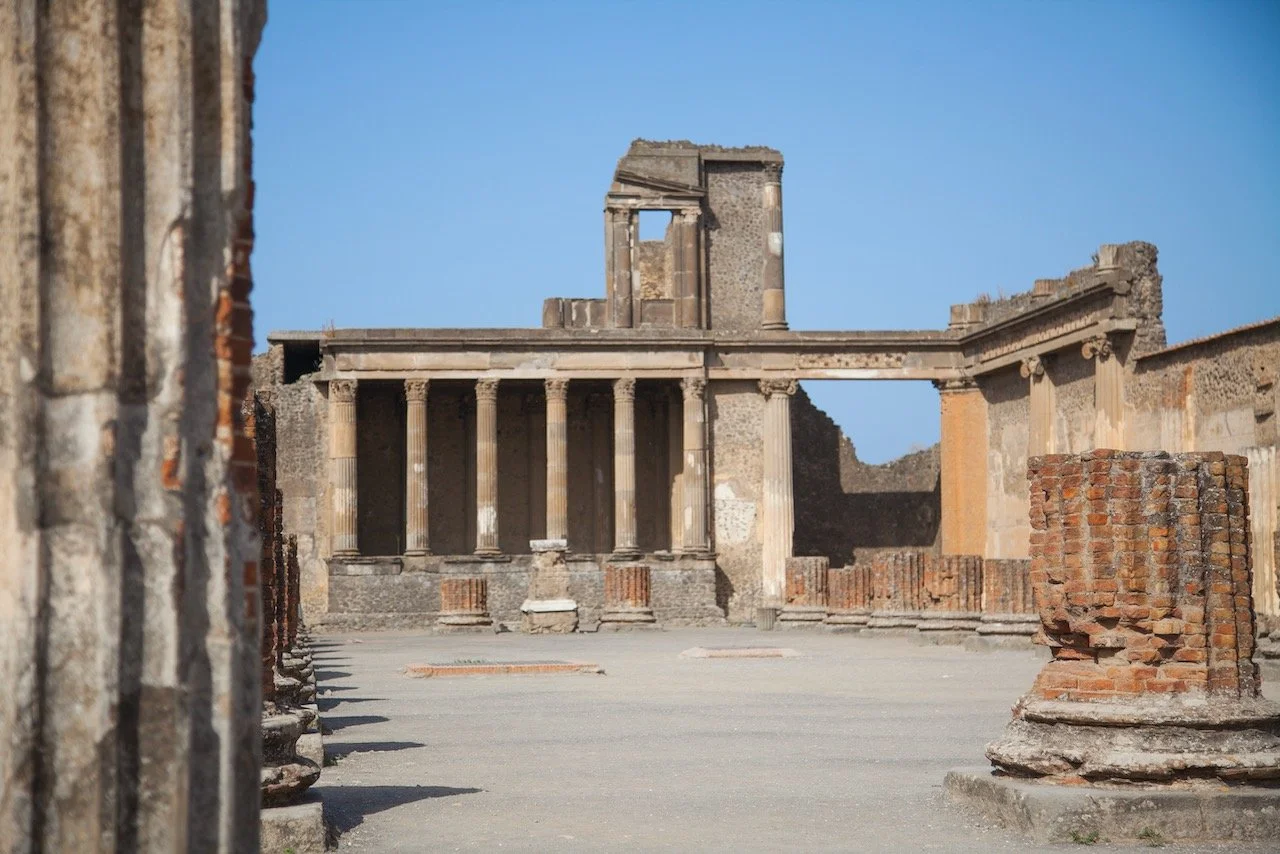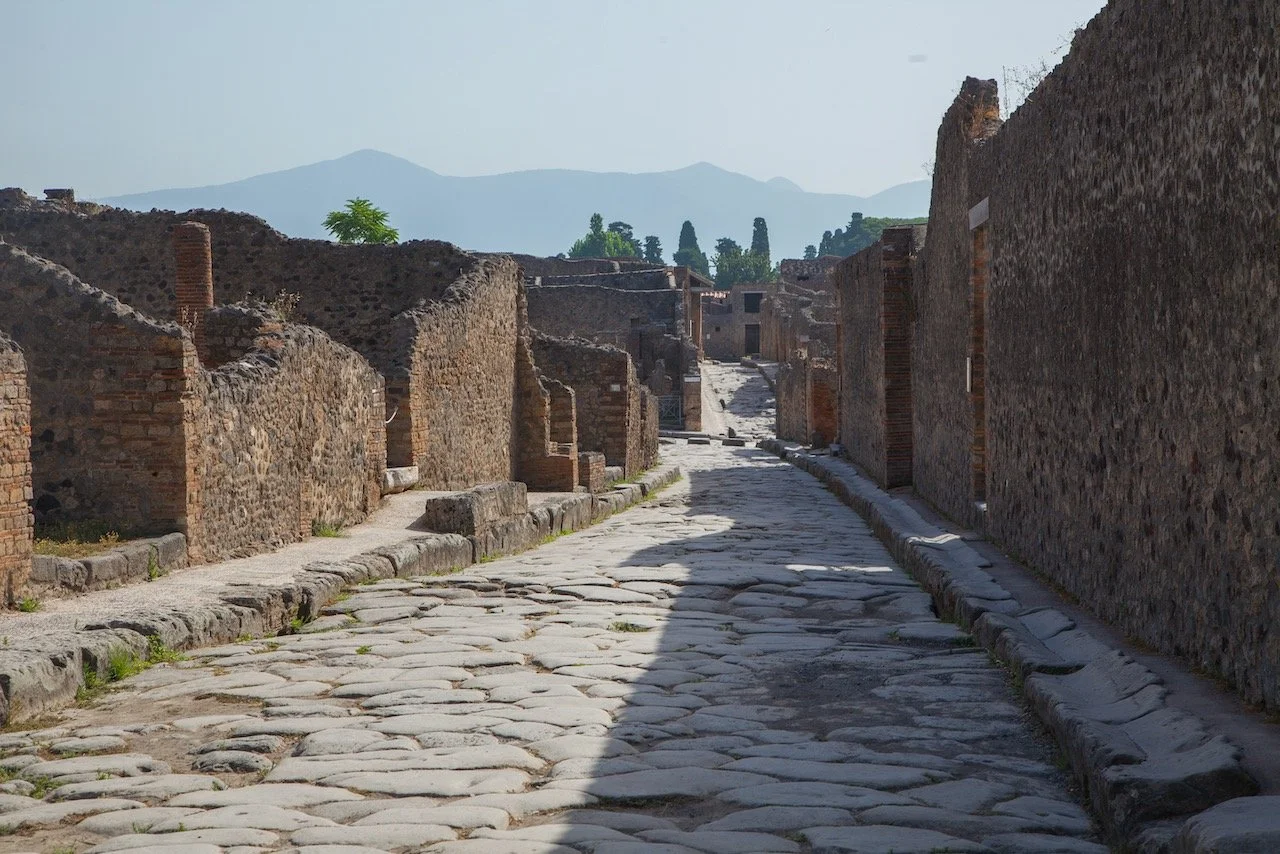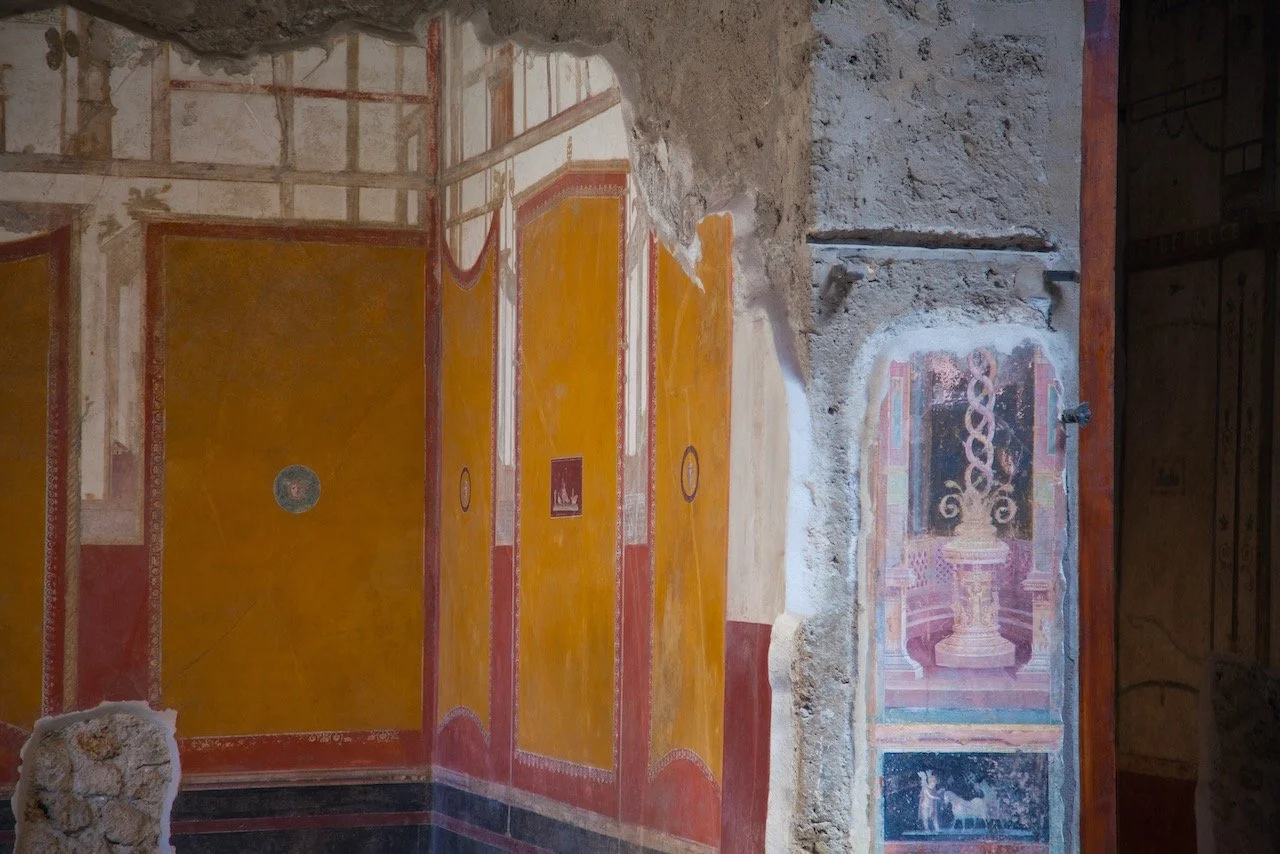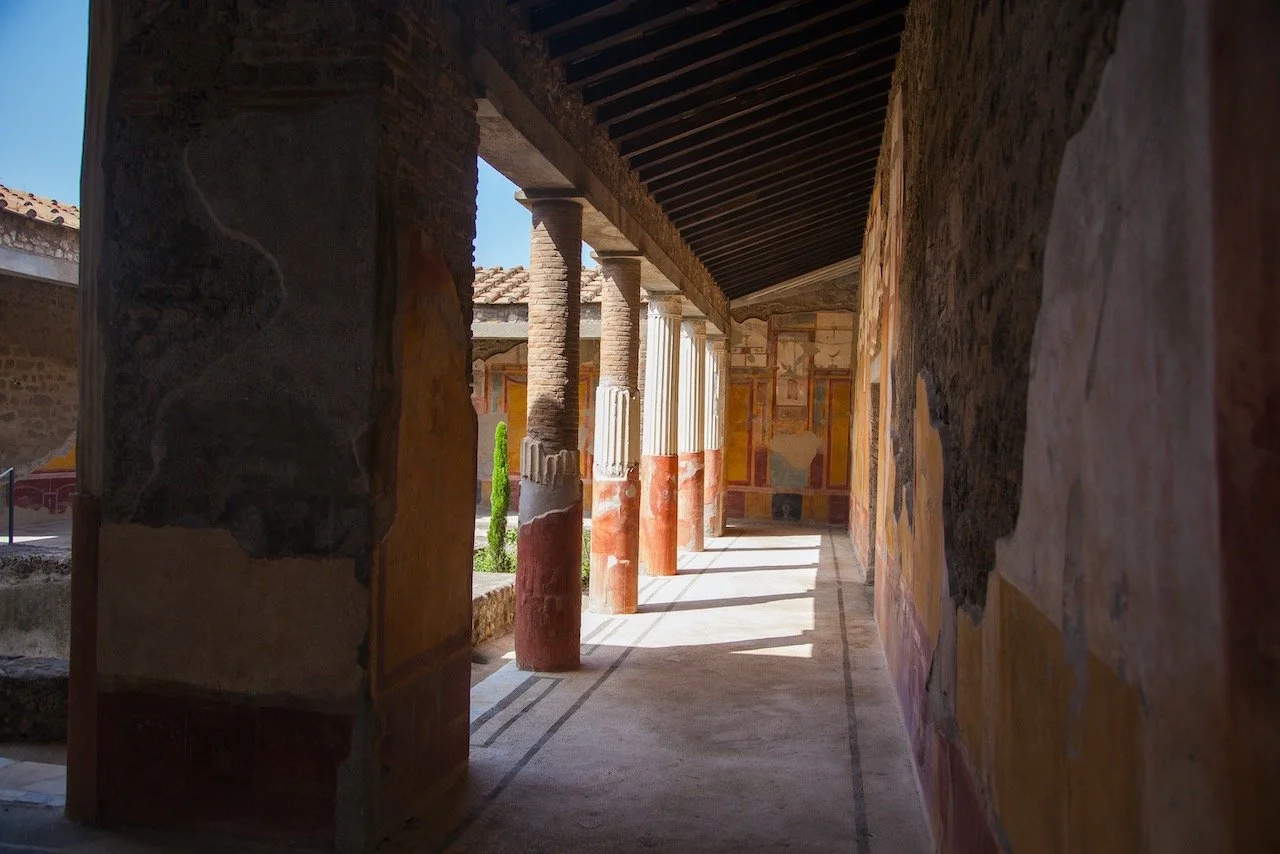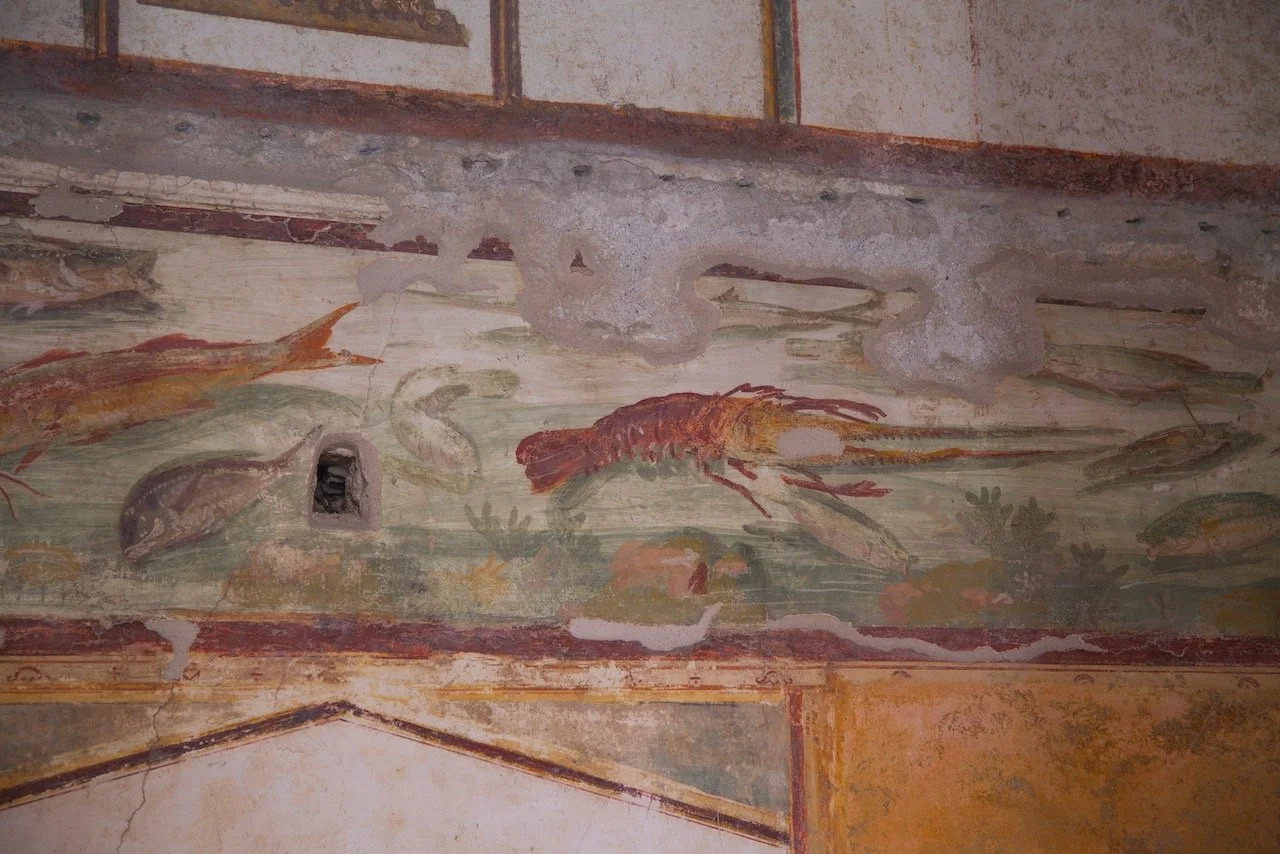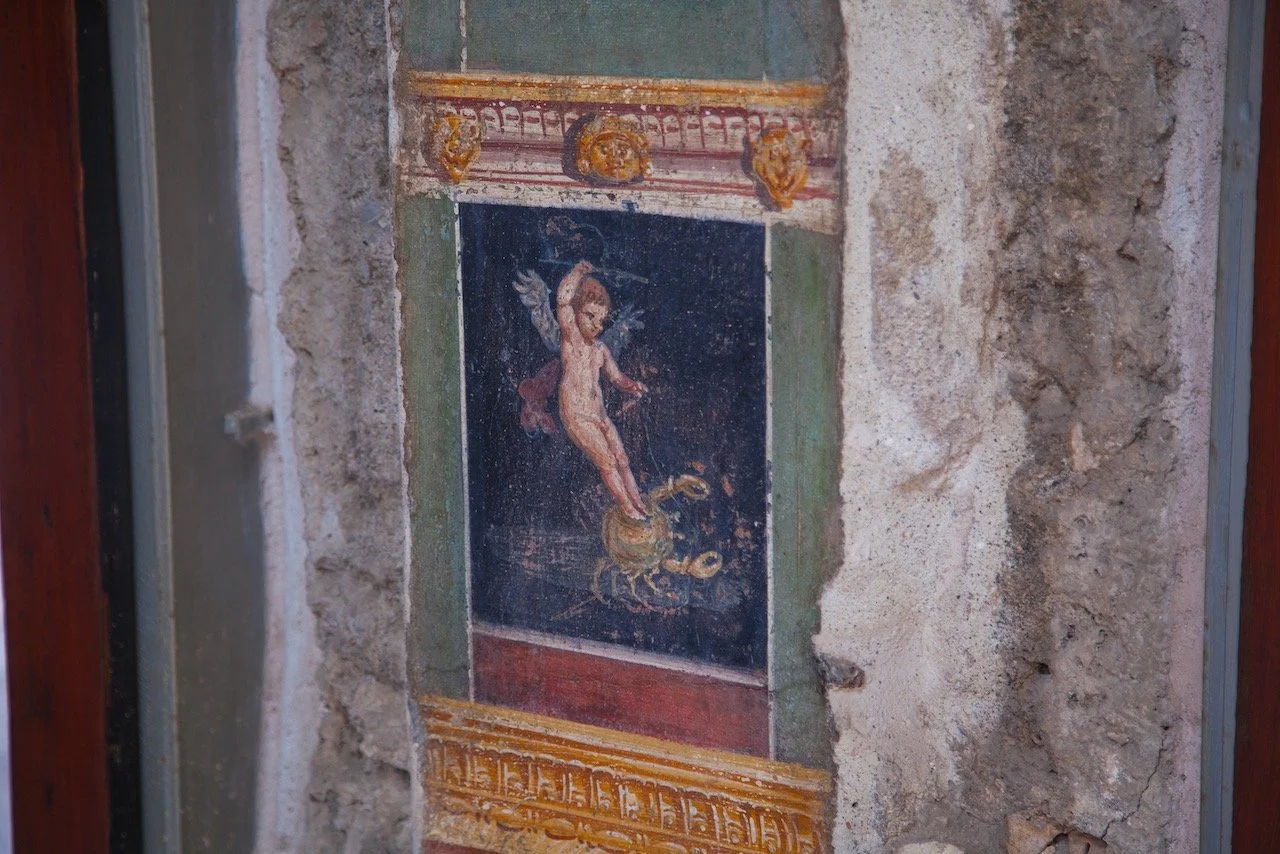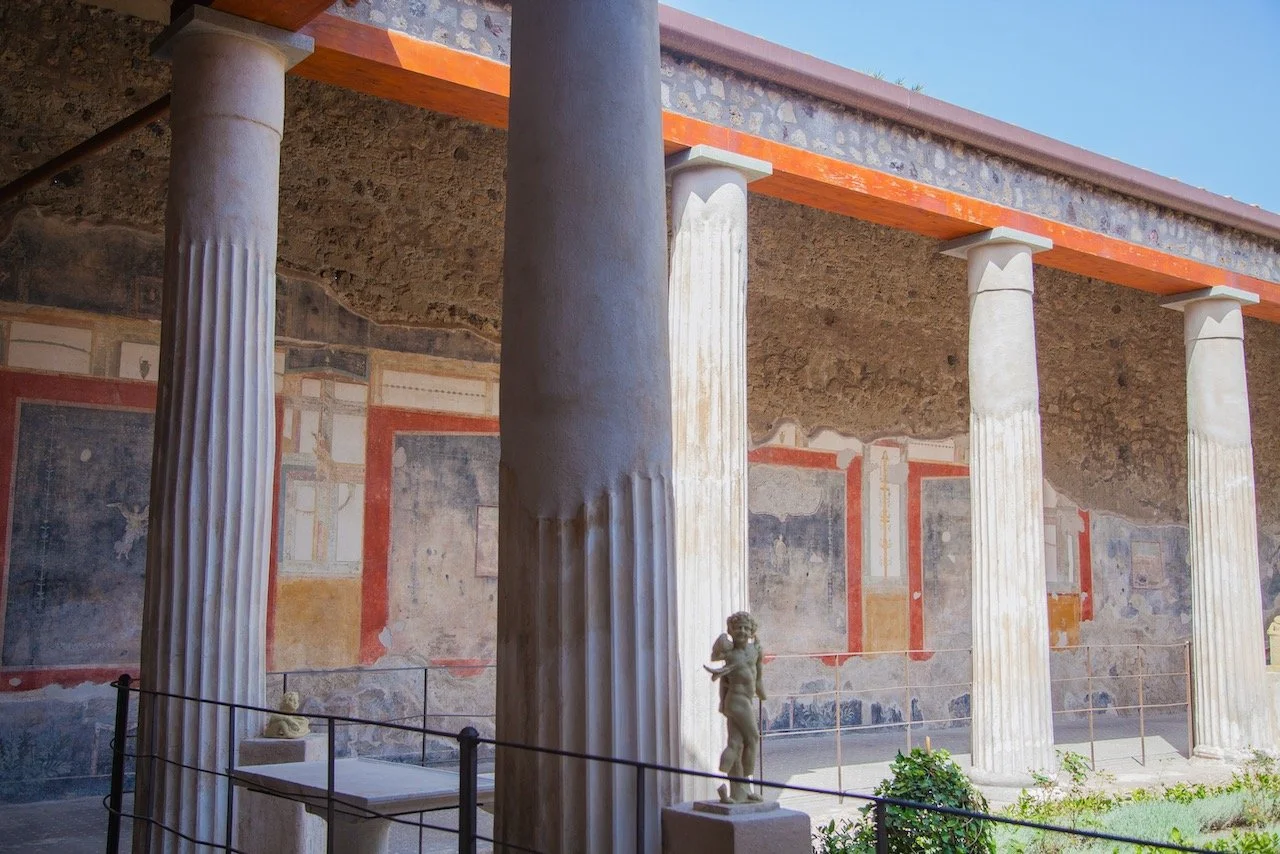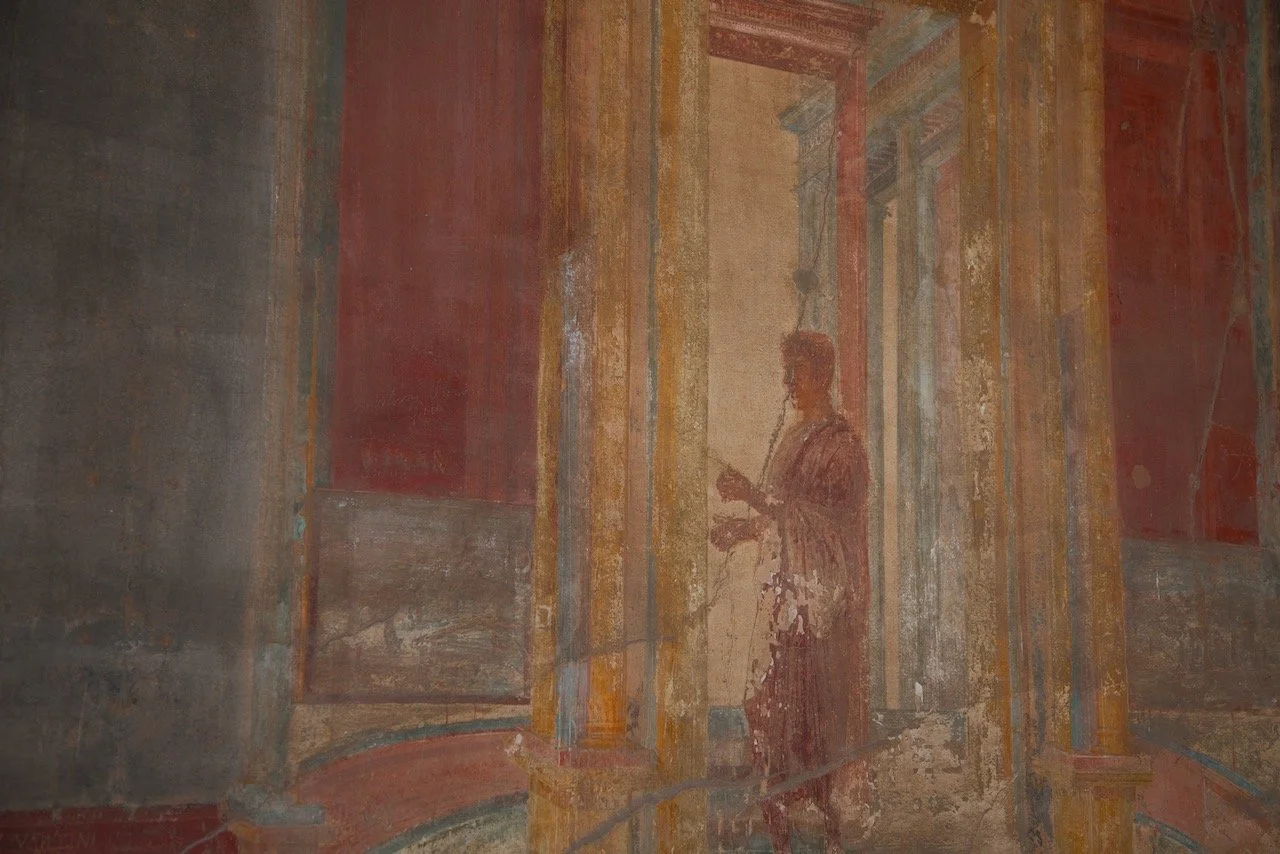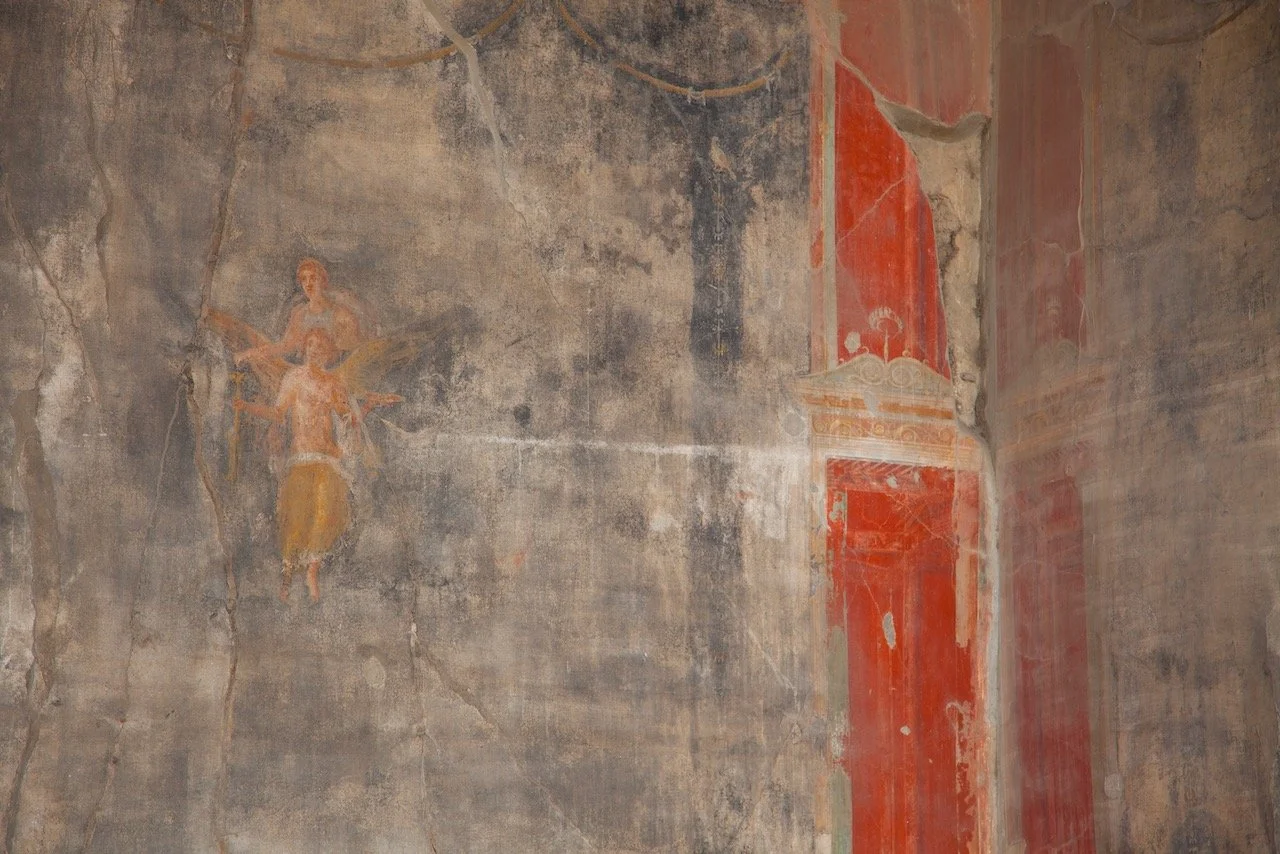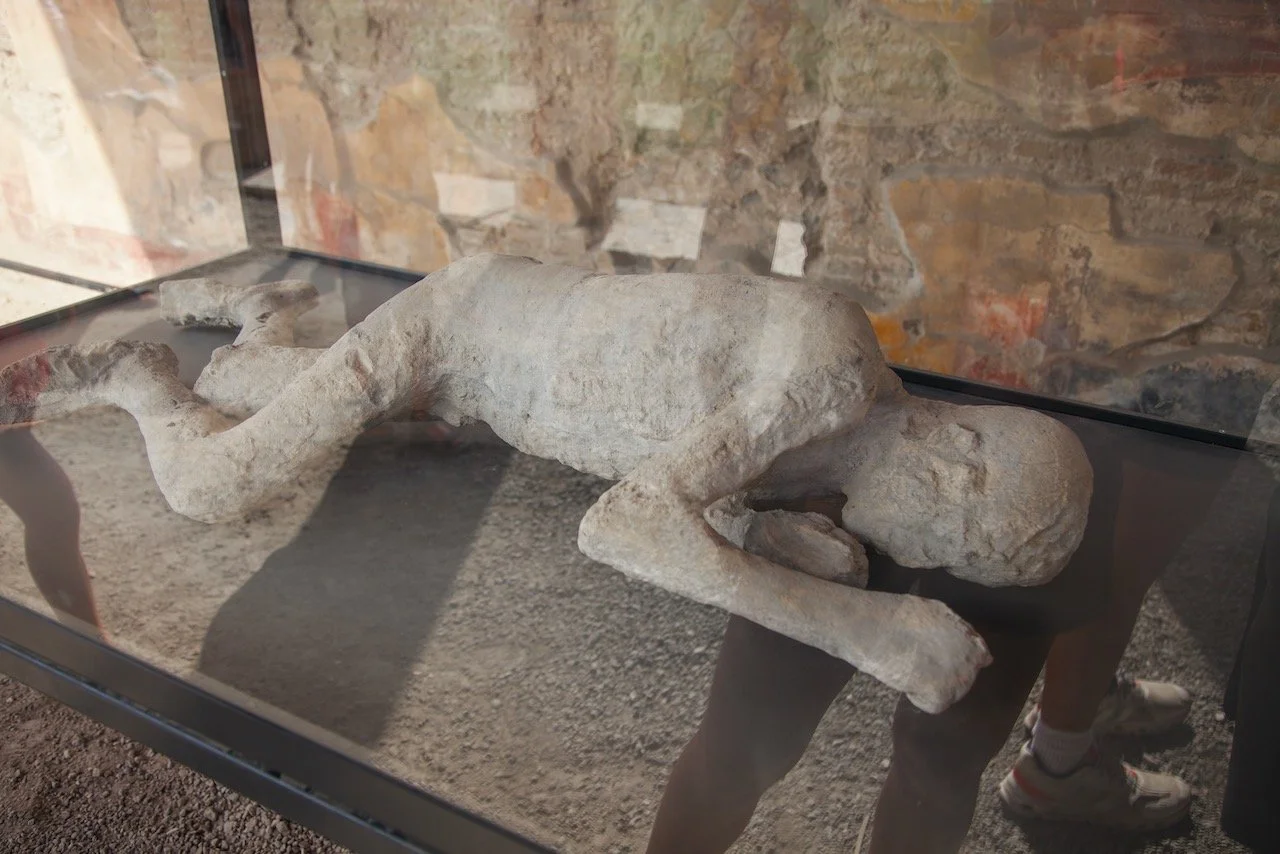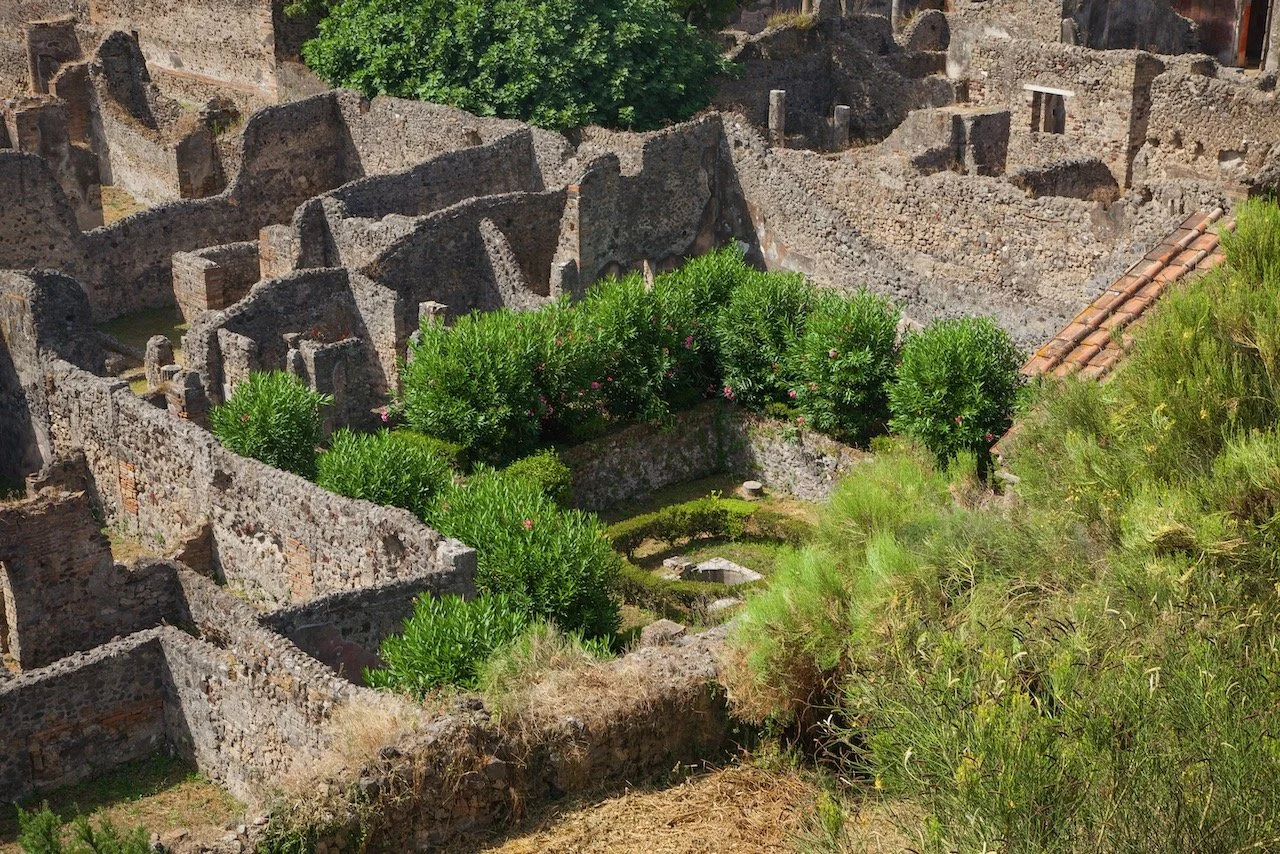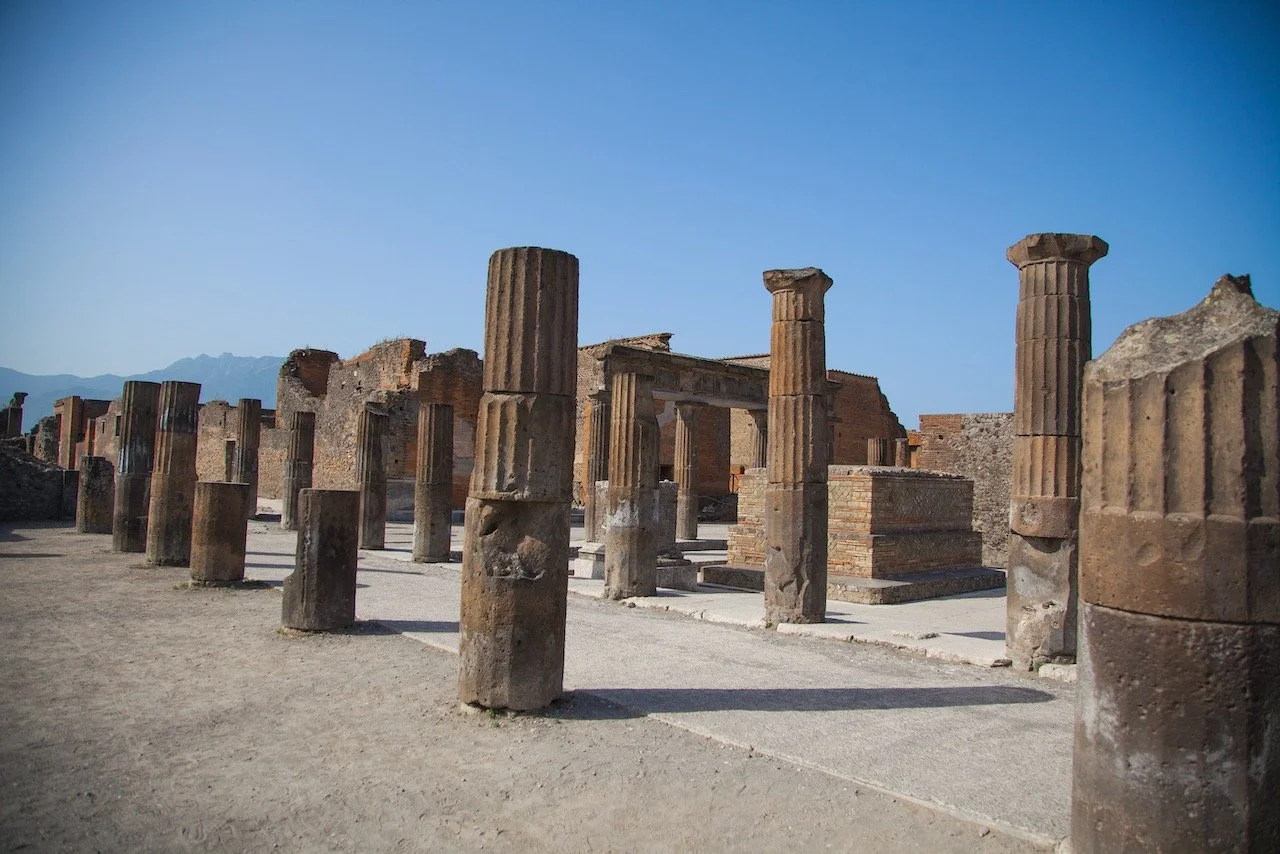A Journey to the Ruins of Pompeii
(Some links in this post are affiliate links. If you click through and take action, I'll be compensated.) If you are also interested in any PRINTS from any of my posts, be sure to check out my store where you can buy prints as posters, in metal/wooden frames or on canvas.
Pompeii has quite the history. From a bustling town located at the foot of Mt. Vesuvius, to one of the most popular archaeological sites in the world, unearthed from meters of buried by its volcanic neighbor. Prior to 79 AD, the town’s population was around 11,000. The sophistication of the town cannot be overstated with luxury residences containing lavish decorations and numerous exquisite public buildings.
The earliest settlement of Pompeii is thought to be in the 8th century BC. As for the eruption, it was thought to have lasted for 2 days whereby most of the inhabitants were able to escape while to date, around 1500 remains have been found of those left in the city, some clutching jewelry and coins.
Currently, any further excavations are banned or heavily limited to prevent further damage to the site. As one would expect, the entire site of Pompeii is a UNESCO World Heritage Site. It sits a short train/bus ride away from the city of Naples.
We thought that since we were going to be in Naples anyway, that we had no choice but to see Pompeii. Even though it was extremely hot, it was well worth it. The city even has water stations to refill your bottles as well.
Check out my drone video of the Amalfi Coast, Italy below!
How to get to Pompeii
The closest and most convenient international airport to Pompeii is Naples-Capodichino International Airport (NAP). From here, it is as easy as taking a bus, train, or taxi to the city of Pompeii.
Getting to Pompeii from Naples by:
Bus - From the Naples Ferraris Stazione Vesuviana (bus station), you take bus number 5000 to Eredi D'Apice stop. The buses usually do not sell tickets, for those you have to purchase from a Tabacchi (they only take cash). I remember the ticket being about 3.30 Euros one way. The ride takes about 40 minutes.
Train - From Napoli Centrale Train station, take the MET commuter train directly to Pompeii. Takes about 25 minutes.
Taxi - A direct taxi will of course take you anywhere from Naples to Pompeii, however you are expecting a substantially larger cost.
If you like some of my photos that you have come across, just know that I have many prints showcasing a variety of landscapes, including Italy, available for purchase below! (Sold as Posters, Canvas, or in Metal-Frames and Wooden-Frames).
There are MANY roads and landmarks within the city of Pompeii. If you desire to know something about all of them, then I suggest you go to the official Pompeii website for in depth descriptions. I will highlight in this blog post some of our favorite parts of Pompeii that I recommend seeing.
As far as tickets, we bought ours in advance online from the official website. You are of course also able to purchase your ticket at the gate upon arrival, however there may be a massive line of people doing the same. We had the pleasure of skipping this exact line for day-of tickets when we saw the Colosseum. The satisfaction of already having our tickets in advance and not having to wait in a two hour line was just amazing.
Pompeii is a place where I feel like having a guide is almost necessary. There are signs that describe a lot of what you’re seeing but it really isn’t the same. There are free audio guides available at the entrance which are probably even better. You can scan QR codes with them to get more info about what you are seeing in that moment.
As far as the layout of Pompeii, there are 9 regions, each with their own set of buildings to check out and explore. It must be noted though that not all of the excavations will be available for viewing to the general public, due to ongoing work. Nonetheless, you can examine all 9 regions on a handy map you can get at the entrance. I also found a pretty amazing Pompeii resource at this website here.
As mentioned before, here are some places worth seeing while you are in Pompeii (in order by region):
Garden of the Fugitives (Region I)
This area was a vineyard in the years before the Vesuvius eruption. Upon excavating, they found 13 victims, both adults and children, found at different parts of the property. It is surmised that they met their fate while trying to find a way out above the pumice stone layer that had already reached 3.5 meters high. When the pyroclasic flow (def: dense, fast-moving flow of solidified lava pieces, volcanic ash, and hot gases) came down from Vesuvius, this aspyhxiated the victims as they were exposed to the high temperatures. You can see their remains in a glass case.
Anfiteatro di Pompei (Region II)
As one of the most grandest places in Pompeii, this amphitheater is one of the oldest still surviving from the Roman era. Six bodies were found during the excavations as the structure was thought to be build in 70 BC. It was built of stone as amphitheaters before it were usually constructed of wood. It was build by Marcus Porcius, the relative of a rival of Julius Caesar. An inscription in the amphitheater states his name as a dedication to its construction.
Palestra Grande (Region II)
This space is an open air square, approximately 140 meters on each side. What vegetation there was are now moulds of roots from the centuries old trees that once thrived. In the middle of the courtyard stood a rather large pool, measuring 23 by 35 meters. The space was built during the Augustan period in the 1st century AD. Currently, the site is an exhibition showing various artefacts and frescos that were found in the Complex of the Moregine Triclinia, some 600 meters away.
Schola Armaturarum (Region III)
Unfortunately, the Schola Aramaturarum met its fate just a few years after the eruption of Vesuvius. This site was the location of a headquarters for military associations, determined by the weapons that were present during the excavations. This association would plan military activities and games to take place in the city. The building experienced a partial collapse in 2010 due to hydrogeological instability the authorities have stated, however efforts to restore the building have been ongoing since 2015.
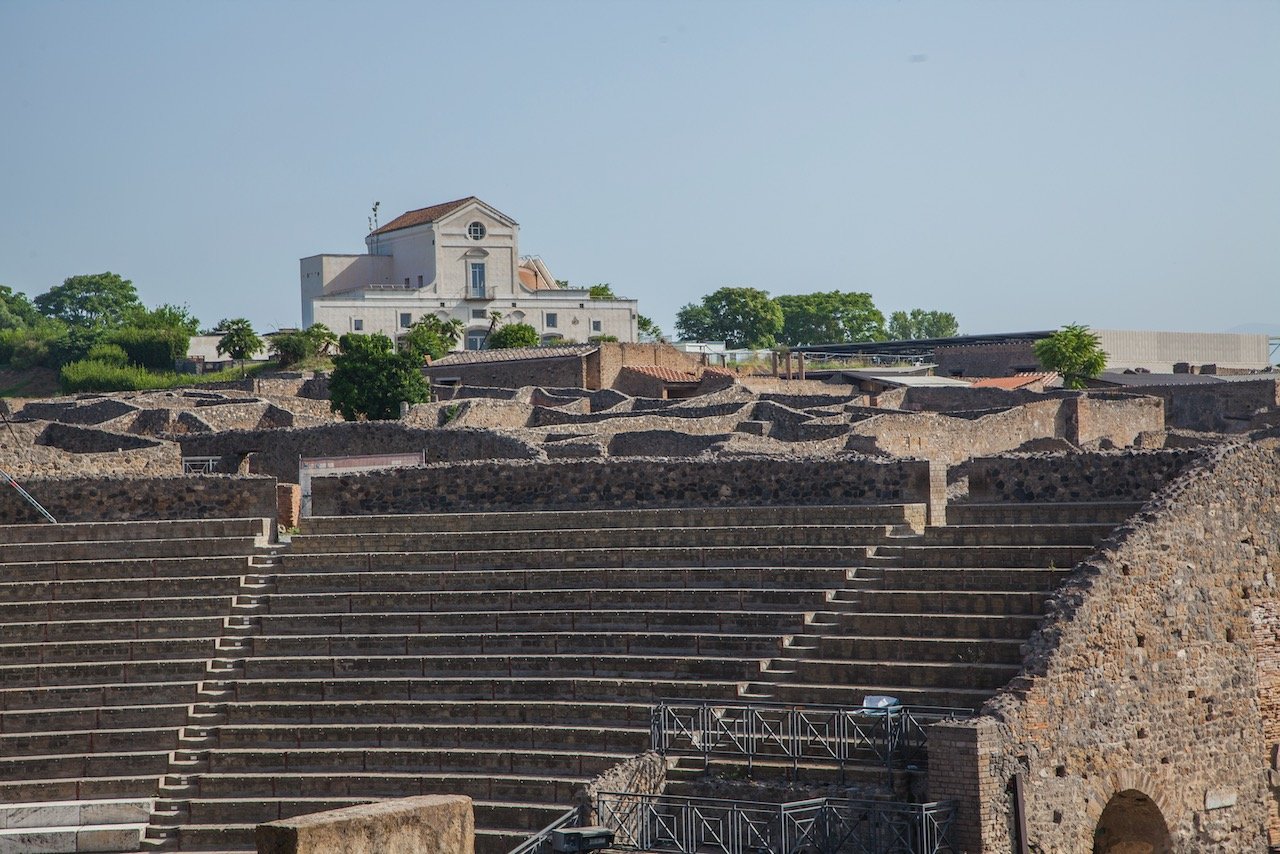
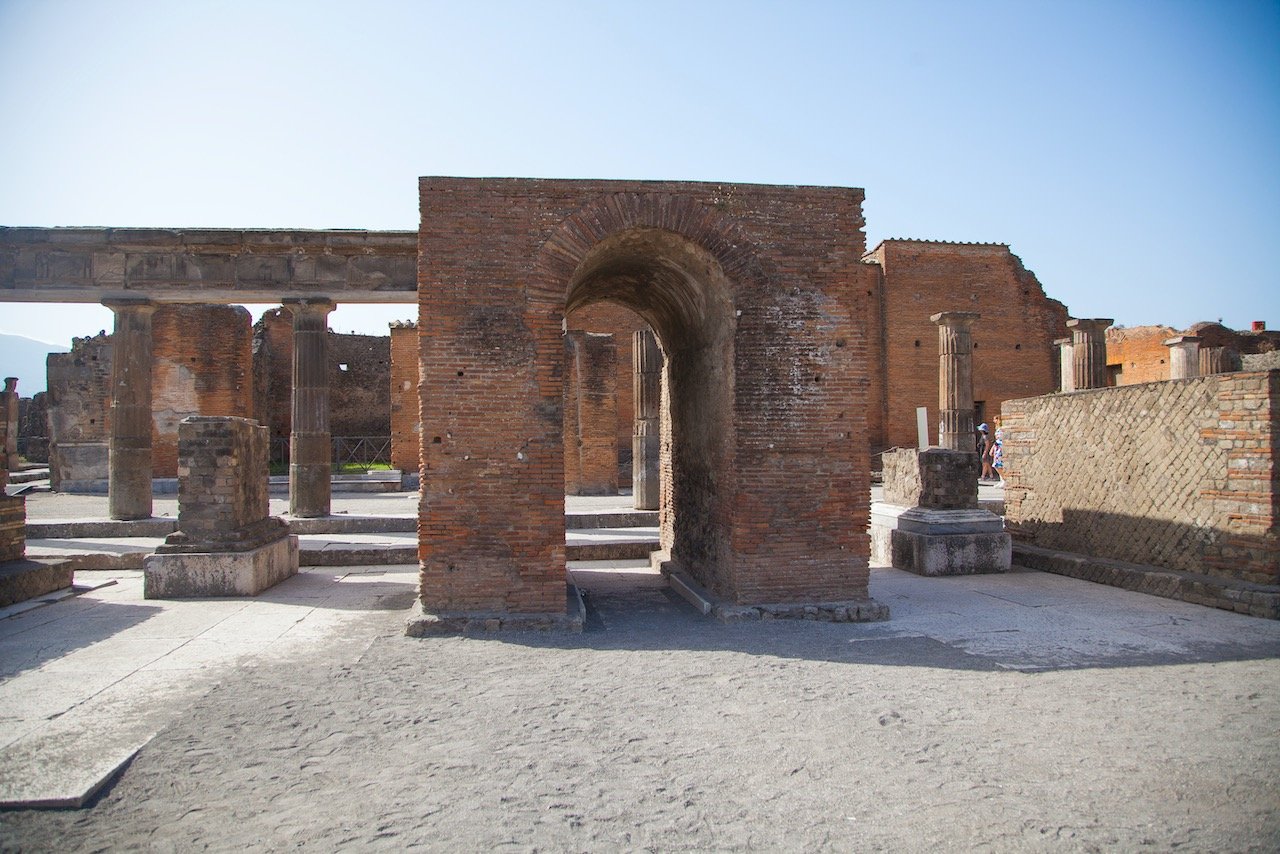
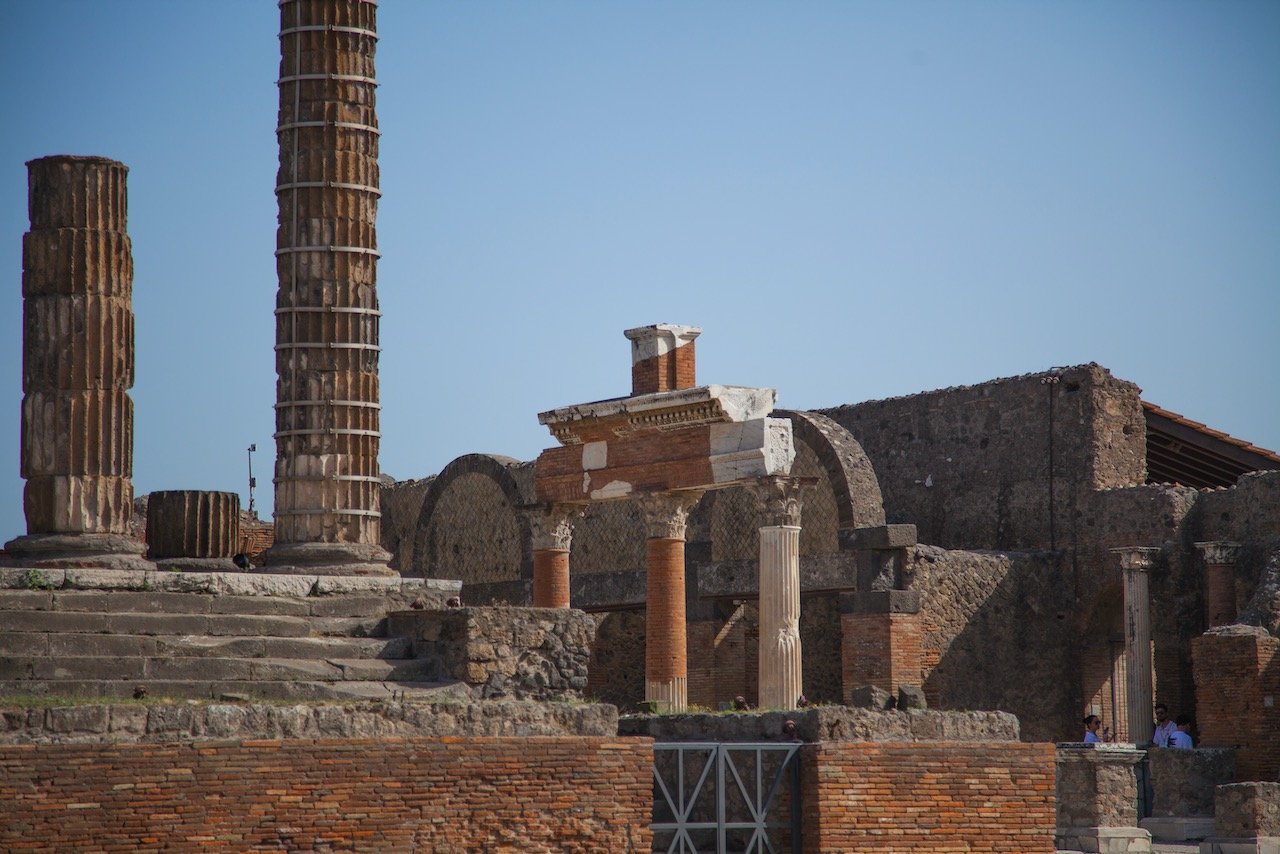
Gladiators Barracks (Region V)
The Gladiators Barracks was the headquarters for the corporation of gladiators (duh). This building was used as a training ground, known by the gladiatorial inscriptions inside the structure. After an earthquake in 62 AD, the structure became a private home. This was due to the dissolution of the gladiators’ associations after a violent riot ensued. The building also had a stable and receptions rooms, decorated with hunting scenes and mythological themes.
Casa dei Vetti (Region VI)
The House of the Vettii is one of the more popular attractions within the Pompeii complex. This is because it was particularly well preserved after the eruption of Mount Vesuvius in 79 AD. Named after its owners, Aulus Vettius Conviva and Aulus Vettius Restitutus, the structure’s frescoes are nearly all well preserved and is one of the largest domiciles in Pompeii.
The house is composed of five elements: a large atrium, small atrium, large peristyle, small peristyle, and a shop, with two entrances going into the home. What I really enjoy about this place was the colors of the frescoes as well as the column design elements, which were all particularly ornate. After two decades of restoration, the house was finally opened to the public. Do not miss this one!
Necropoli di Porta Ercolano (Region VI)
The Necropolis of the Herculaneum Gate are funeral buildings, dating back to the 1st century BC. The tombs that were kept here have a semi-circular seat attached to them, called a ‘schola’, which described tombs reserved for distinguished citizens of Pompeii.
Torre di Mercurio XI (Region VI)
The Tower of Mercury is a must see during your trip to Pompeii. It is a tower with an excellent viewpoint where you can get a birds eye view over the entire city. It is named after the Fountain of Mercury that is also found on the same street. There were originally 12 towers that surrounded Pompeii for its protection, this one in particular being the 11th one. The structure is three levels and there are usually guards here to control the influx of tourists coming in and out.
